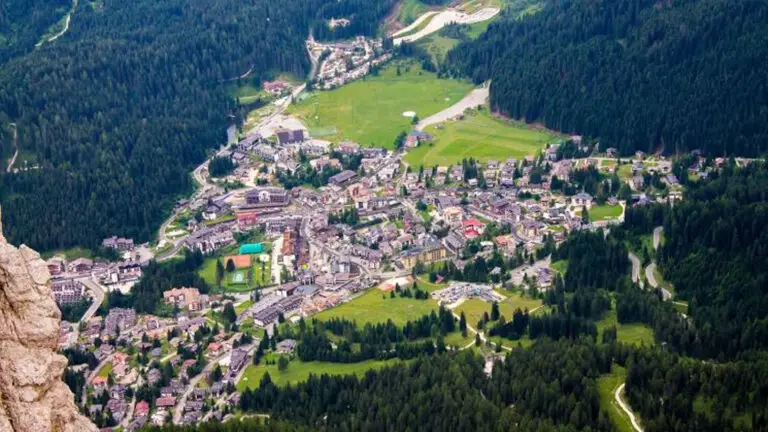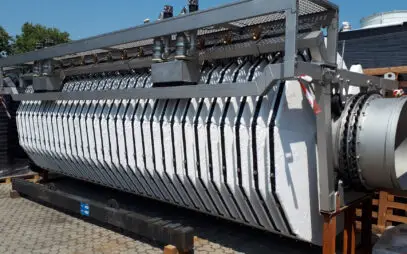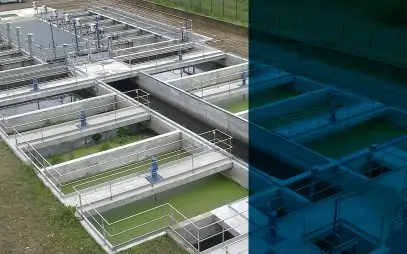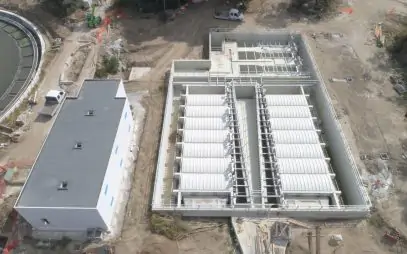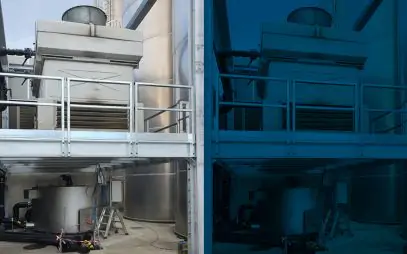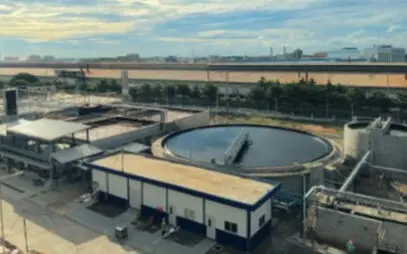1. Installation context
The resort of San Martino di Castrozza, in the province of Trento, is a well-known tourist destination. The resort’s civil sewage treatment plant serves a population of about 7,000, in addition to the seasonal tourist flow.
In 2012, the San Martino di Castrozza sewage treatment plant underwent tertiary finishing treatment upgrades.
MITA Water Technologies S.r.l. contributed to the implementation of this intervention by supplying three disc filters mod. MSF 8/40.
The tertiary finishing treatment, needed at the San Martino di Castrozza plant, was aimed at removing suspended solids that may leak from the secondary settling and those formed in the phosphorus post-precipitation section. Inlet total suspended solids values: less than 40 mg/l.
2. Proposed solution
MITA Water Technologies proposed the installation of three disc filters mod. MSF 8/40. MITA’s free-fiber ply filters allow depth filtration in strong analogy with sand filters, for very high efficiency of suspended particle removal.
The total filtering surface area is 120 m2, allowing the expected value for the TSS parameter to be achieved.
3. Results and key success factors
The upgrading of tertiary finishing treatment at the San Martino di Castrozza plant achieved the following objectives.
- Reduction of the TSS value from 40 mg/l to < 10 mg/l, in line with the required parameters.
- Reduction of the impact on the environment of the discharge of purified water.
- Small footprint compared with other tertiary filtration systems.
- Easy-to-operate system, minimal energy use.
Ask for Information